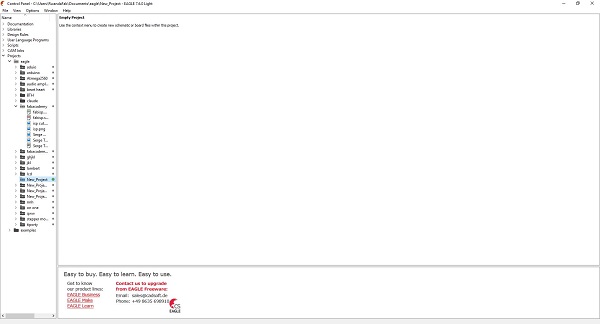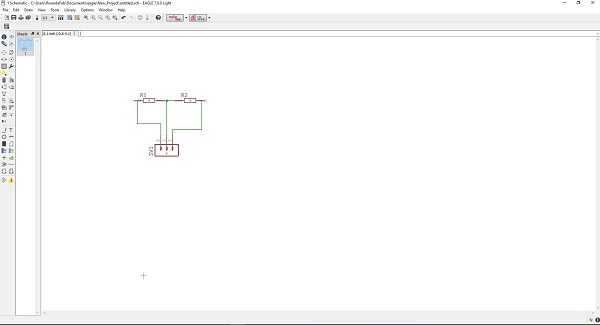This week I tried to get an understanding of the differences in between digital and analog sensors. I started with designing a mini Arduino-like board where I attached a sensors: it's a digital temperature sensor
I then designed a simple interfaces in Processing to visualize the results. Eventually I also build a stand alone board.
In this assignment i learned a lot about programming. This was absolutly new for me, that's why I did it in windows following the help of my collegueLambert RULINDANA here in Fablab.
I choose the Digital temperature sensor, because is simple and i'm planning to use it in the final project and other future products.
The first thing before programming is to weld the superficial components and be sure to do all so perfect as you can.

